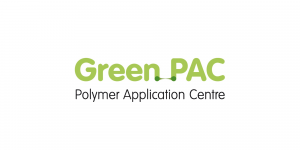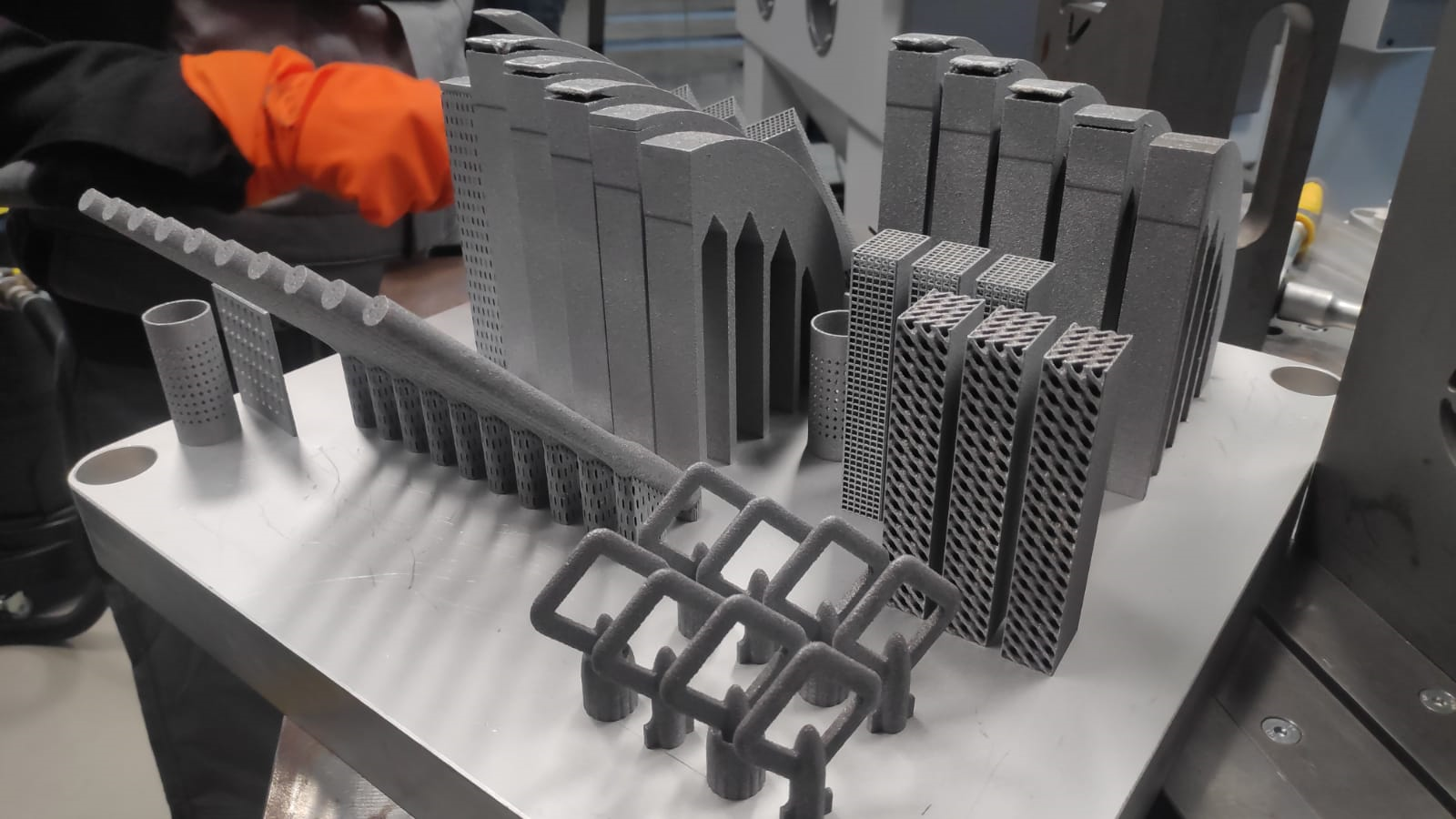Students explore the possibilities of 3D metal printing
In September 2020, Perron038 equipped itself with an advanced 3d metal printer. The EOS M400, purchased by our partner Windesheim, has already completed numerous printing hours. In the past period, six trainees and a graduate student worked on various research themes on behalf of the additive manufacturing department. The moment a self-designed product actually comes out of the printer is definitely the highlight of these students.
Challenge: limited resources
Working with new technologies such as 3D-metal printing has its challenges. The available research and literature is limited, a lot of knowledge still needs to be gathered. For Windesheim’s Plastics Technology lectorate, this is the reason to gain experience. “It was a challenge for me to find the right literature sources. In order to understand the technology, you need to research and explore. An advantage: the presence of the 3D metal printer at Perron038. The printer allowed us to test and make prototypes ourselves. It’s amazing to see your own design coming out of the printer.” says Friso Wijnbergen, Mechanical Engineering student.
The students investigated fatigue properties, heat treatment for post-processing, lattice structures, simulation techniques and non-contact printing. Within these investigations they didn’t just stop with literature research and design, tangible unique prototypes rolled out of the printer. Tijmen Kraaij, Industrial Product Design student, explains: “The 3D metal printer is not as easy to use as a plastic 3D printer. That makes what is printed more unique. A printed object may look large and bulky but then turns out to be super light due to the open structures on the inside.”
Maarten investigates fatigue properties 
Maarten Harbers, a mechanical engineering student, conducted research focused on the fatigue properties of metal-printed objects. “In short: I looked at how the material from different print orientations as well as after heat treatment relates over a longer period of time. New knowledge about the properties of the material from this printer has been gained which is important for engineers in order to use the technology. Companies from the Zwolle area can get to work with this newly gathered knowledge.”
A faster prototype and a more intensive design process
The special thing about 3D metal printing is that it is built up layer by layer, no molds are needed within the process. “That means that you can realise a prototype more quickly, but it also requires a different thinking and design process,” says Tijmen. “In the design we need to take various factors into consideration while making decisions. My most important insight from this conducted research is ‘form follows function’: first clarify the function and after that, work on the design down to the smallest detail. Where conventional methods focus on working with semi-finished products and parts, within the 3D printing technology the object may be made in one go instead of using different parts, thus reducing the number of parts. This prevents waste and can save on materials and assembly costs.”
Project AMBITION-Zwolle
These studies were carried out as a part of the AMBITION-Zwolle project. With the AMBITION-Zwolle project, both Windesheim and Perron038 develop and research in order to gain knowledge and experience for the (SME) manufacturing industry. The additive manufacturing hub offers companies the opportunity to develop product-specific knowledge.
AMBITION-Zwolle is a Green PAC project and receives a contribution from the Province of Overijssel that makes it possible to carry out this project




